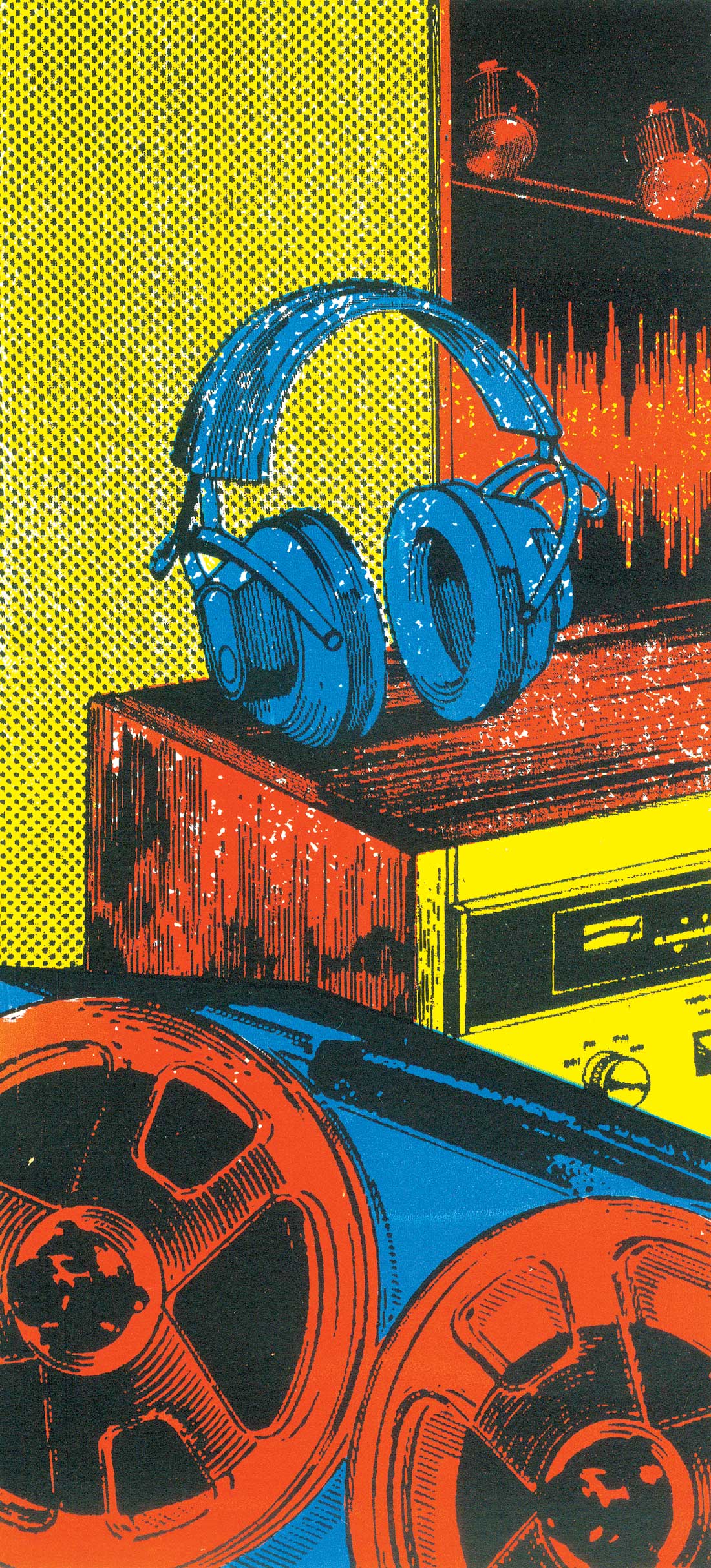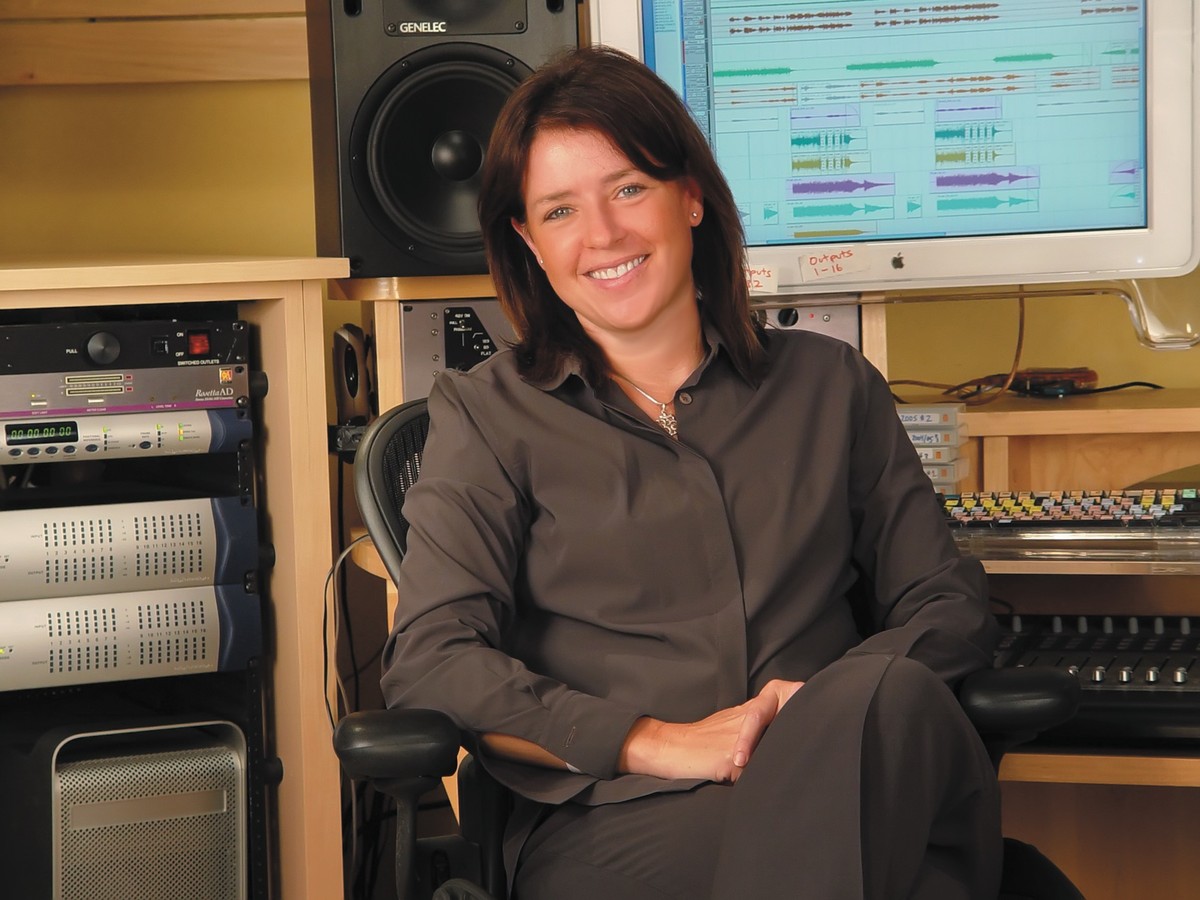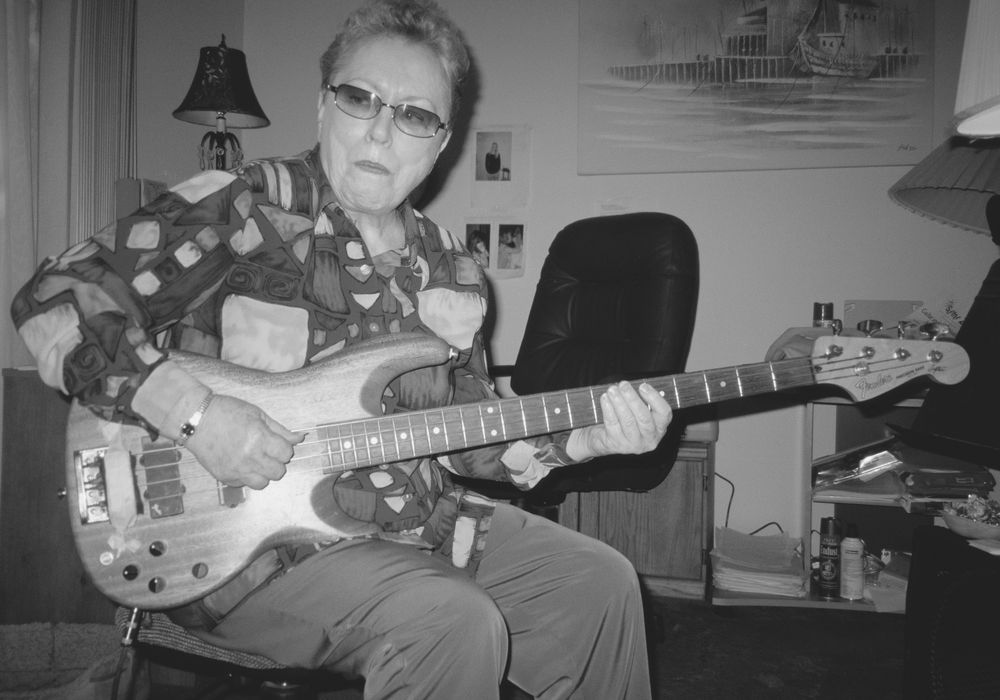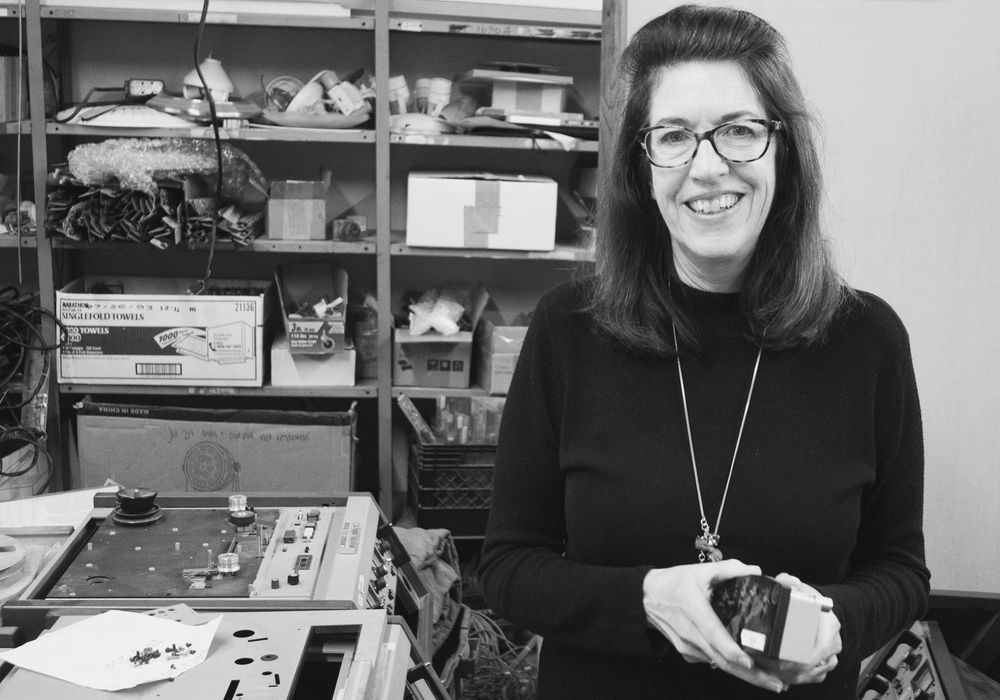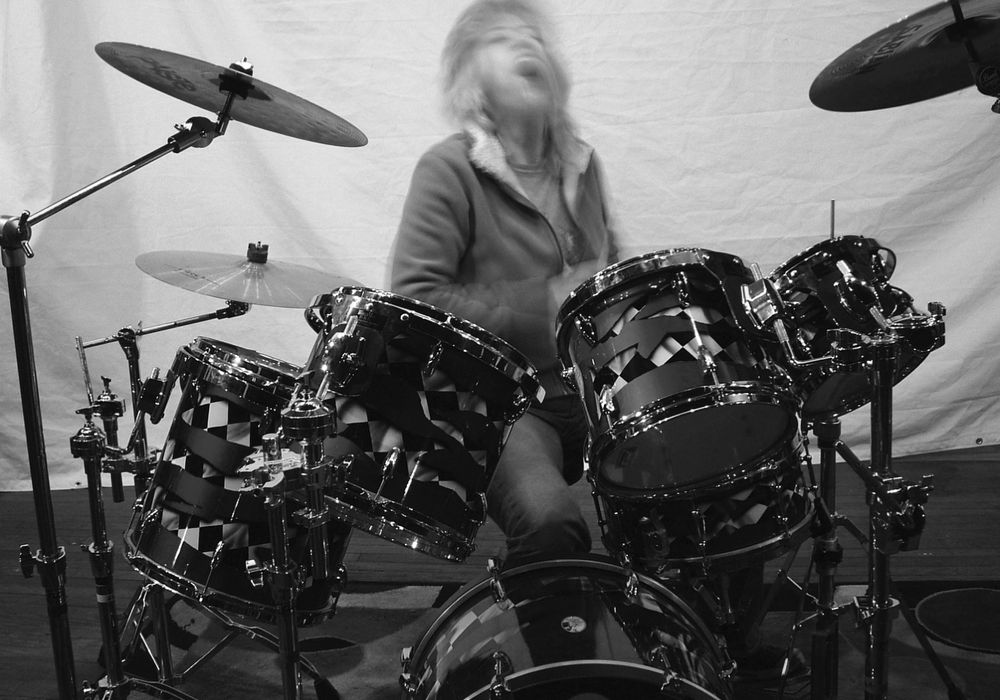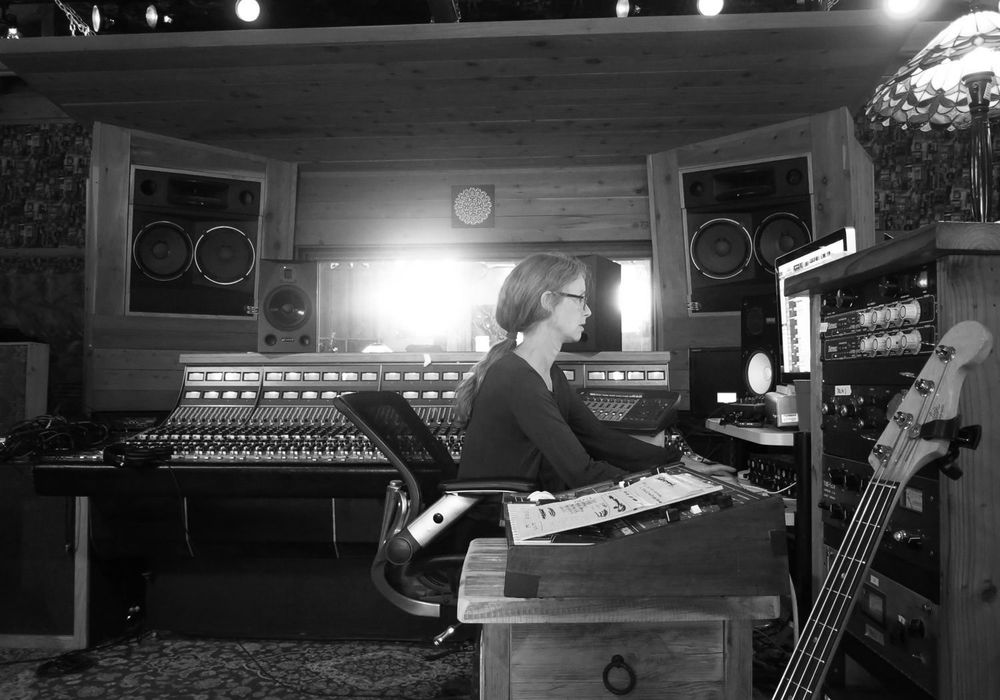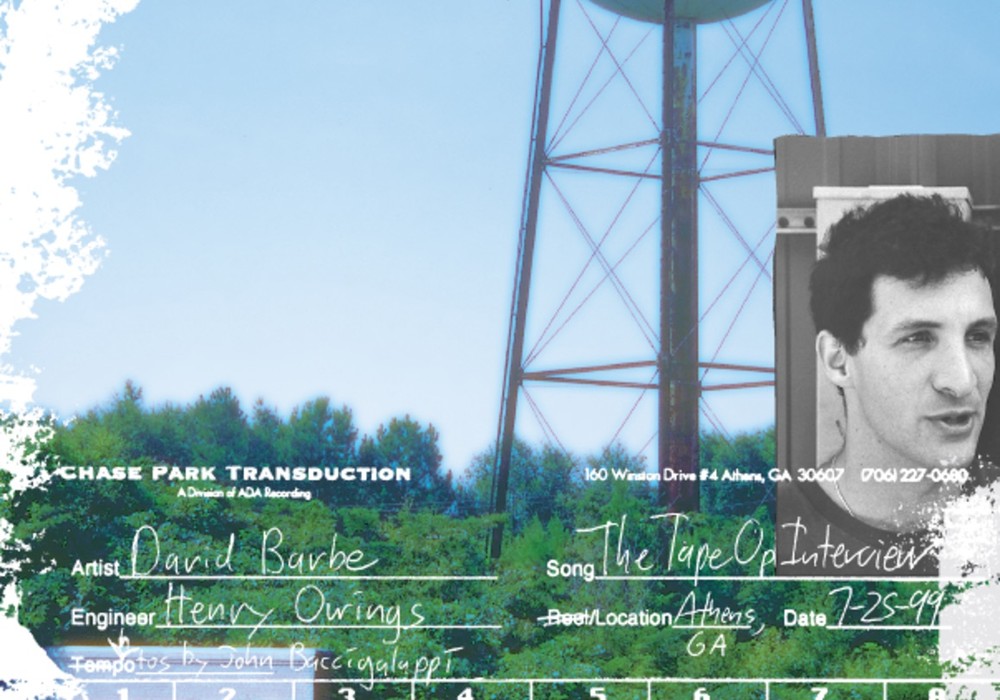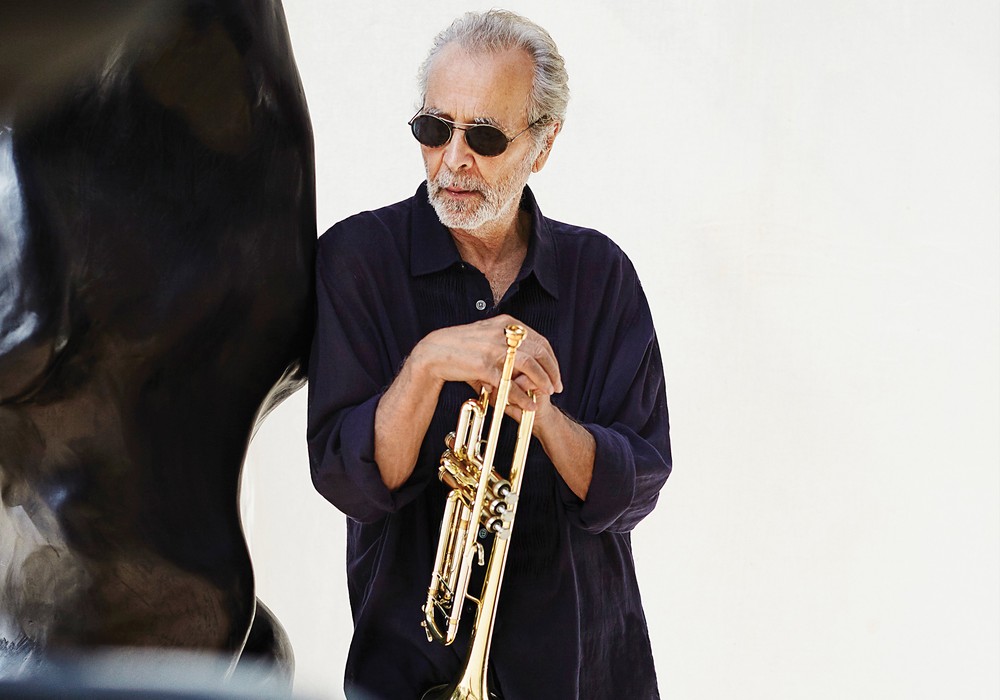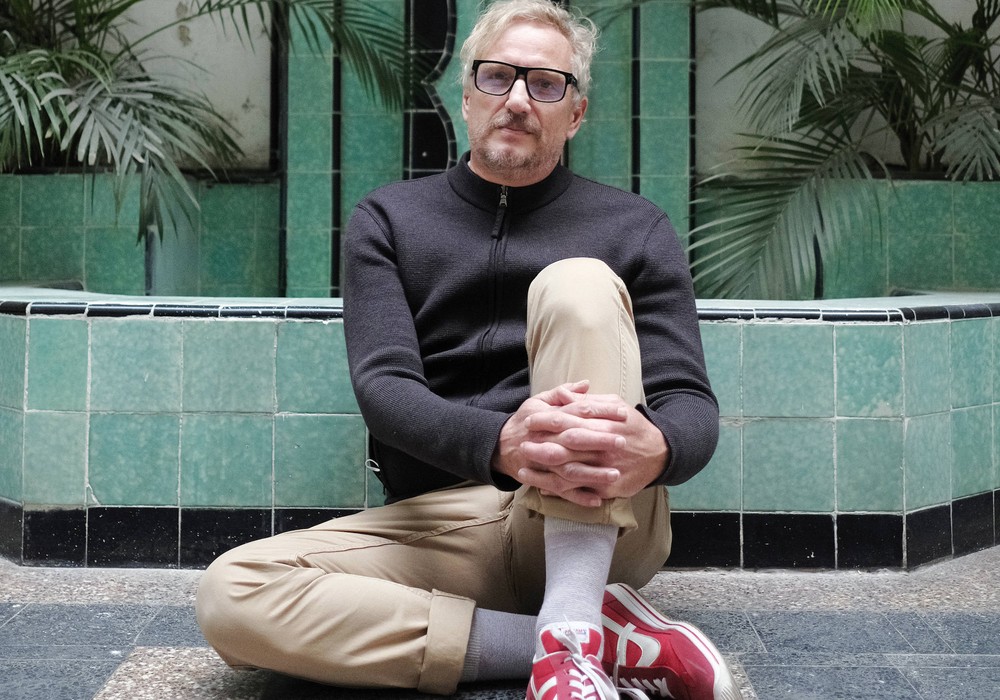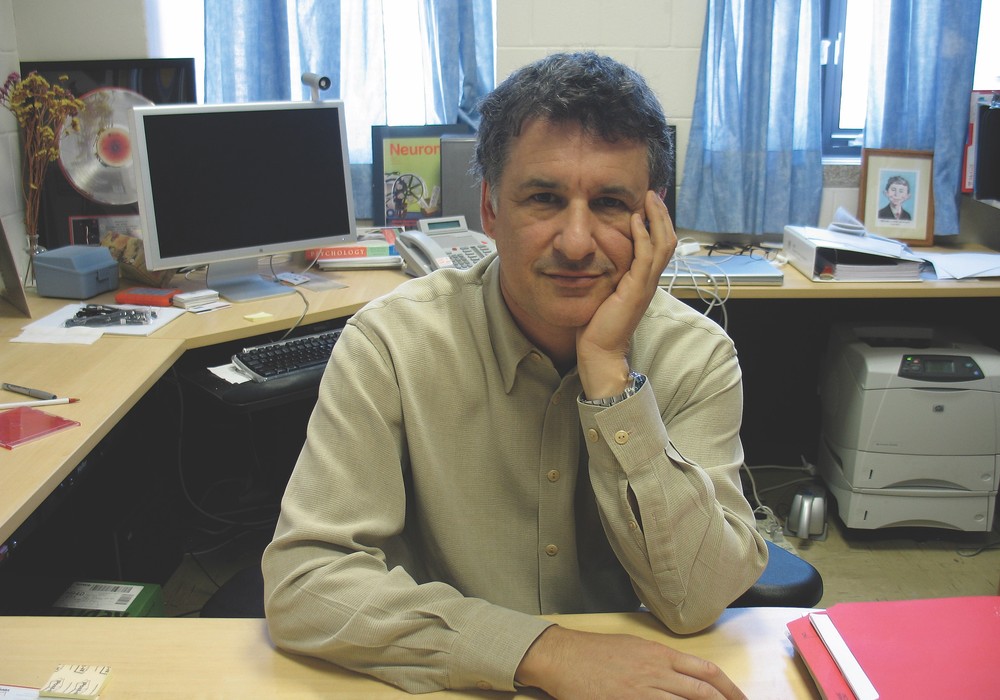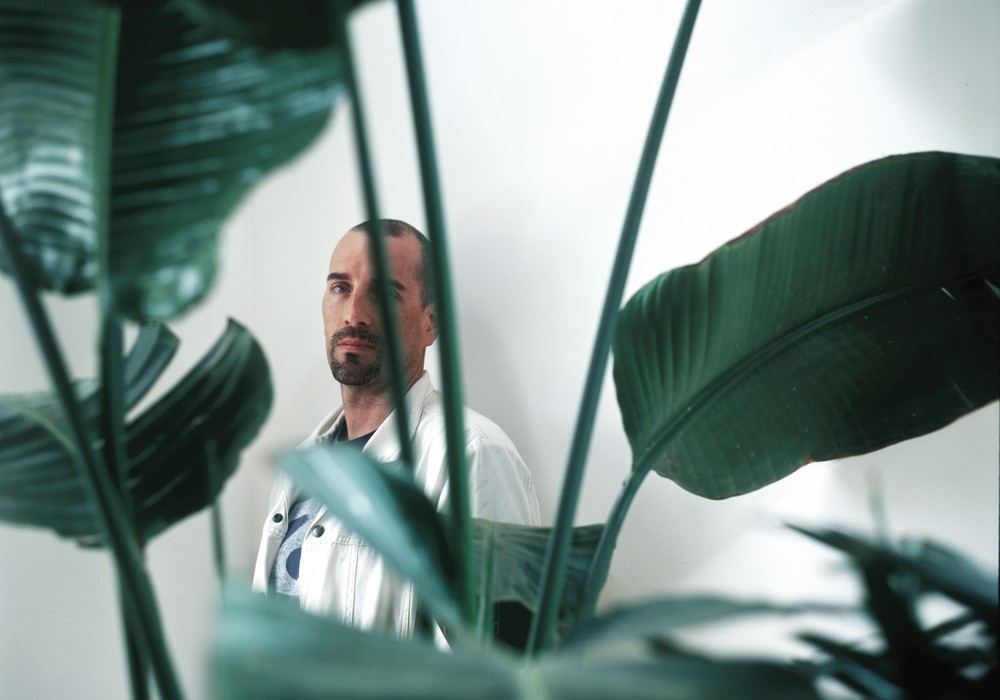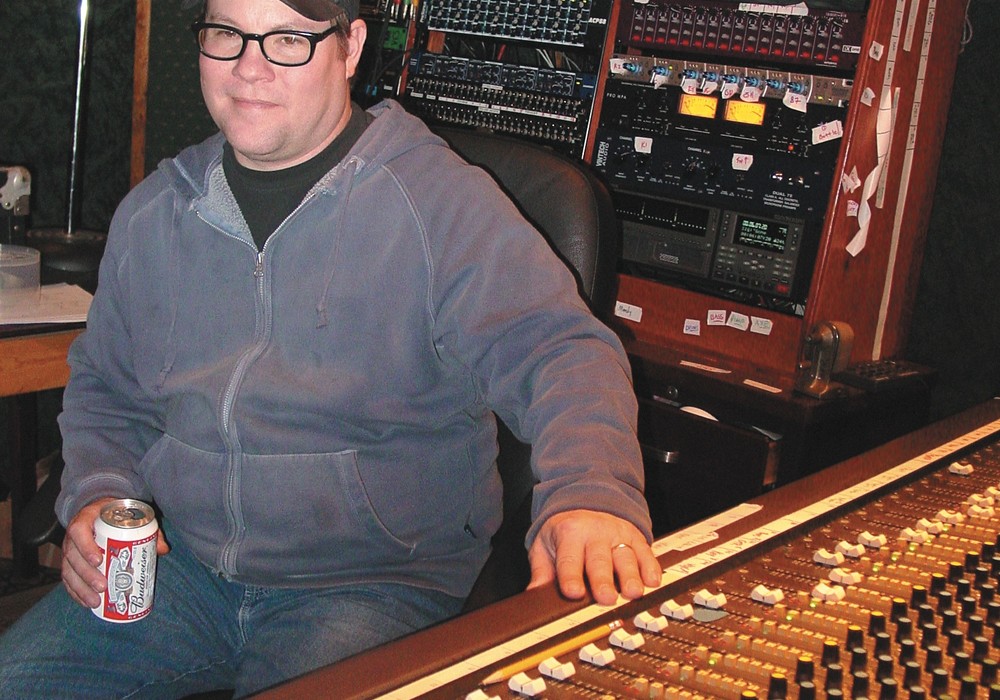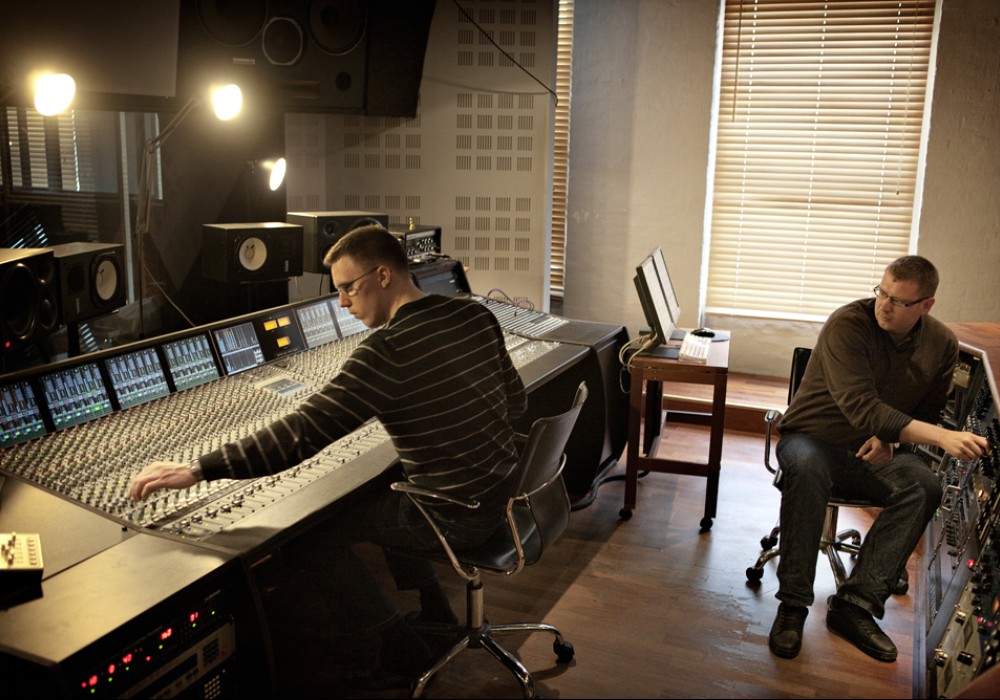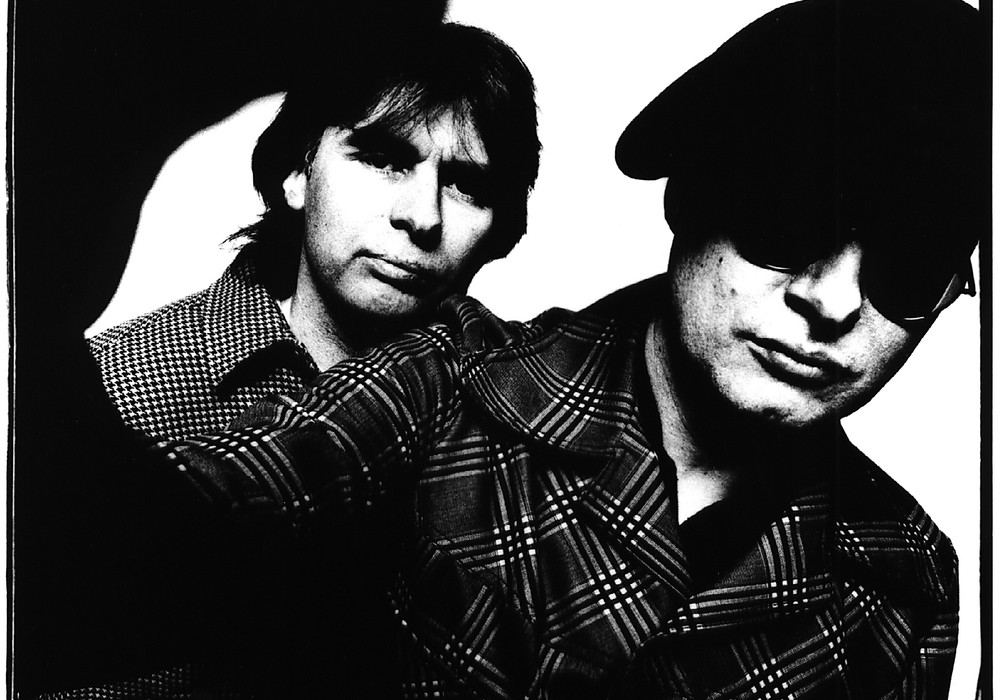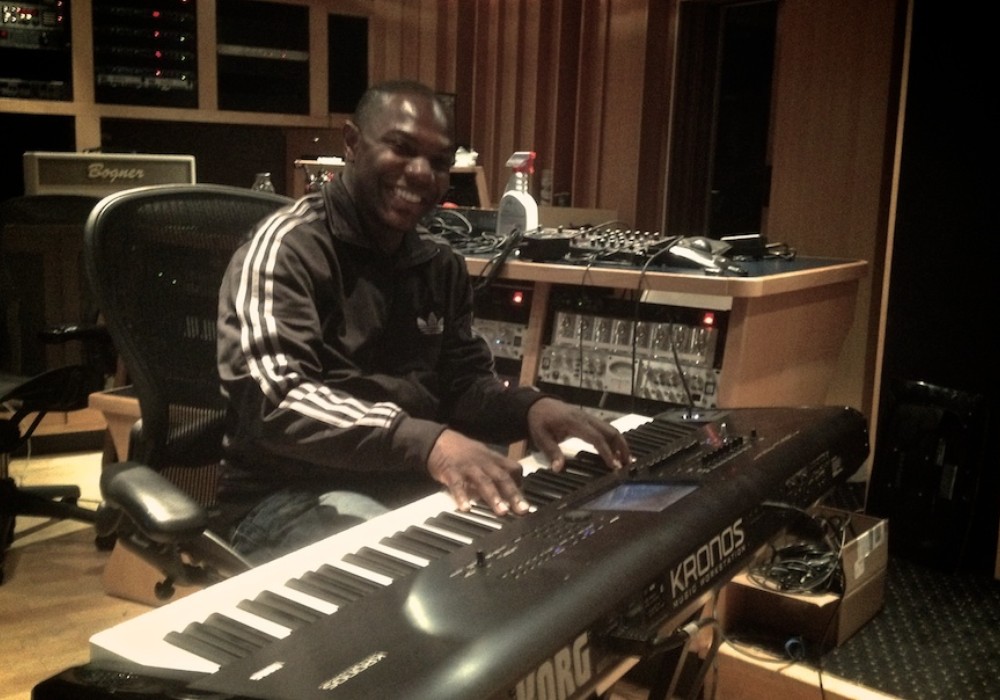I first met Gina Fant-Saez at an AES show where she was showing her new Internet-based start-up company called eSession.com. eSession has been in development since winter of 2004 and went into public beta in mid April. Since then, sessions from around the world have used eSession to collaborate. This innovative venture allows clients worldwide the opportunity to hire top session musicians and Grammy winning engineers and the site provides all financials and file transfers required to collaborate with renown talent, regardless of software, hardware or computer platform. There was quite a buzz around her booth and Gina immediately sat down with me and showed me the concept behind eSession. The only thing at the time that I knew about Gina was that she had worked on a record with Kevin Killen [Tape Op #67] several years earlier at her Blue World Music studio in Austin, Texas. Little did I know what a major player she was and the scope of the albums she had worked on for such high profile artists such as U2, King Crimson, Sting, Shawn Colvin, Jimmie Vaughan, Bela Fleck, Nelly Furtado, The Meat Puppets, Sister Hazel and Dave Pirner (Soul Asylum) — as well as teaching engineers like Michael Barbiero the ins and outs of Pro Tools! Her book Pro Tools for Musicians and Songwriters is published by Peachpit Press and has been picked up as a textbook by several major audio schools including Berklee. Her infectious energy is the driving force behind eSession.
How did you get started in the music business?
I have been writing music and playing guitar and piano since I was 11. I was in college at Texas State University in the early '80s and I read in the school paper that a recording studio was moving into the old fire station, appropriately named Fire Station Studios. I went to the studio opening party and convinced the studio manager that I would wrap cables, make coffee, duplicate cassettes, etc. So I got the job and they paid me an hour of studio time a week. I spent two years there, asking lots of questions, wrapping lots of cables, falling asleep on the couch, making lots of coffee and getting to help on albums for Stevie Ray Vaughan, The Fabulous Thunderbirds, Eric Johnson, Joe Ely, etc. I decided to move to NYC and finish school at NYU. My first NYC internship was at Mike Mainieri's Centerfield Productions, where I helped recording jingles during the day and helped with Mike's band, Steps Ahead, in the evenings.
So you owned a traditional studio, SSL and the whole nine yards? Blue World Music in Austin, Texas?
I started Blue World in 1991 in Blauvelt, NY — outside of New York City. [Blauvelt is German for Blue World.] I eventually ended up moving my studio into Greenwich Village and then to Chelsea. I moved Blue World to Austin in 1997 and opened in 1998. I was thinking quality of life at the time. Moving my studio to Austin was a very frustrating experience. I had a 48 I/O Pro Tools system and a 96-input SSL and I put this into a very, 2" analog, retro studio town. It was not the wisest decision of my life, but I wanted to live in Austin and I thought I could convince everyone that this was the future. It was a few very lean years of being scoffed at by a lot people — I finally started giving away studio time to train the local producers and engineers while transferring their 2" projects into Pro Tools, which eventually paid off — it finally caught on and now all the retro studios have Pro Tools, many of which I set up and trained them how to use.
How is your studio different today?
Way different. In 2004 I sold my SSL, my 2" Studer, all my outboard delays and multi effects except for my [Lexicon] 480L and my AMS [RMX 16] reverb. I used this money to fund the beginnings of eSession. I also obviously kept all the outboard EQs, mic pres, and compressors and I kept my Studer 1/2", but I haven't used it in over two years. I just saw the way I was working. I rarely used the automation on the SSL. I would set the faders at unity and though I was using the console's EQ and compression on some tracks, I used mostly plug-ins and Pro Tools automation for everything else. In a sense, my SSL was a big expensive summing mixer. Then bookings started thinning as the industry changed and I clearly saw that the future was not bright for most commercial studios, but more and more music was being created in higher-end personal studios. That was when I started creating the plan for eSession. I sold a lot of my gear (at the right time) to do it and replaced the SSL with the Dangerous Music summing [2-BUS] system. My SSL is now in the G Room of Avatar in New York City. I really love the new minimalist approach studio I have now and I can't say that I miss the console or the monthly payments for it. I think of my current studio as the commercial studio of the future.
How do you feel the Dangerous summing boxes hold up against the old SSL?
I could not be happier with them. I tried the API summing system first and thought it sounded great, but each channel had an additional, un-notched volume knob and I thought I would be recalling mixes all over again. I wanted a system where I could go from song to song without worrying about external...
